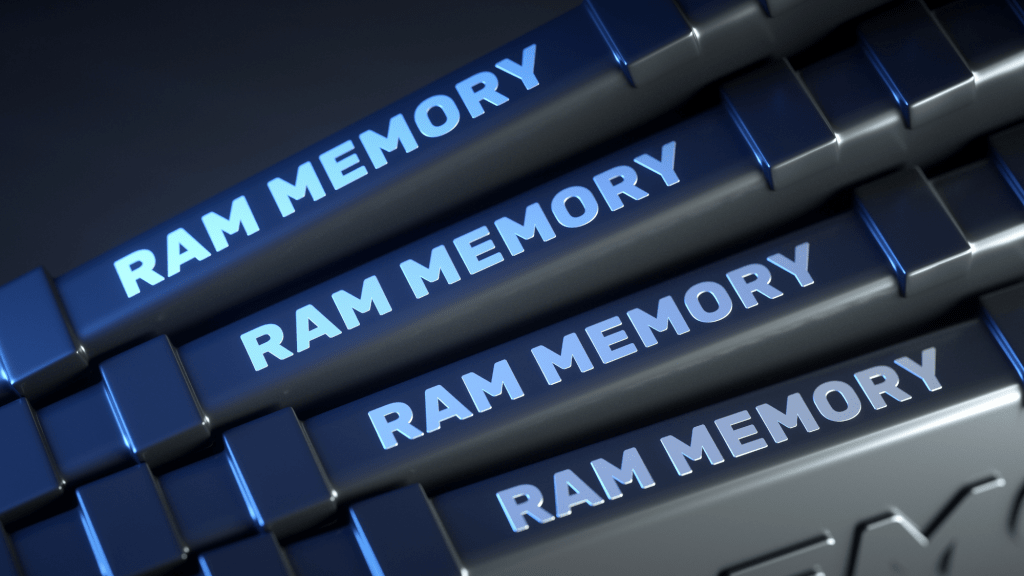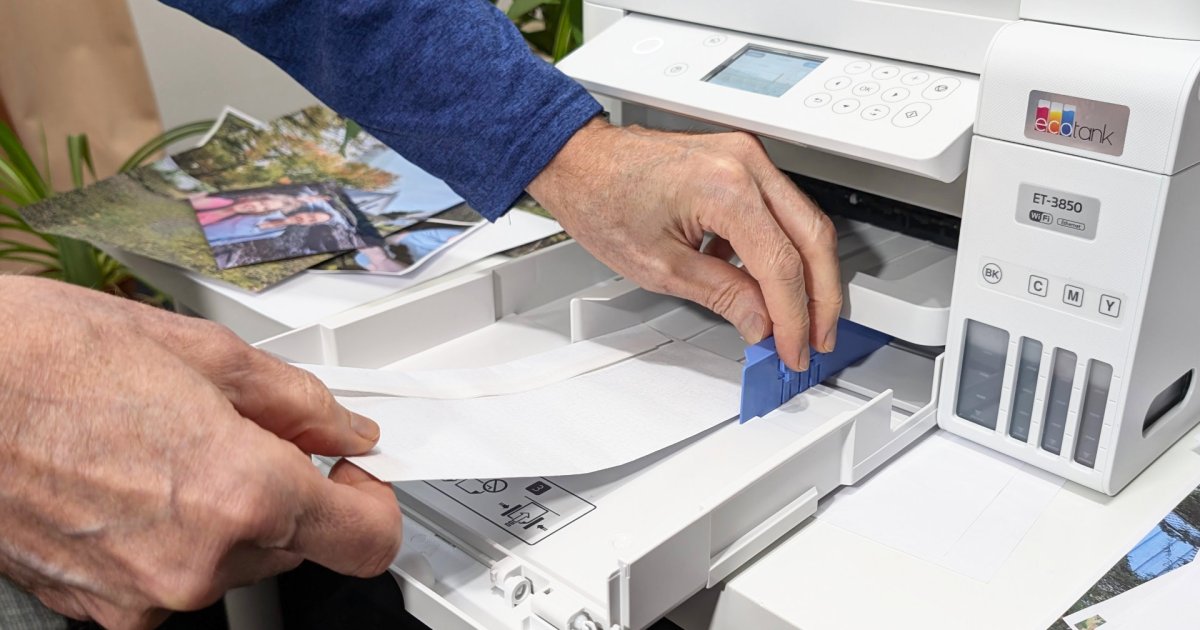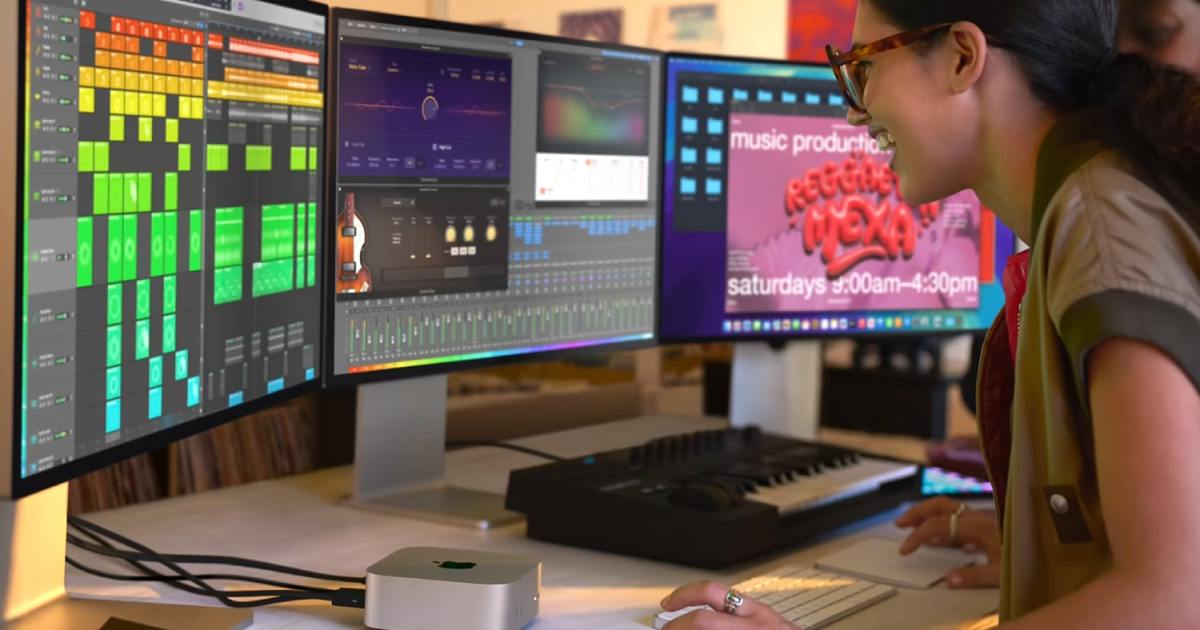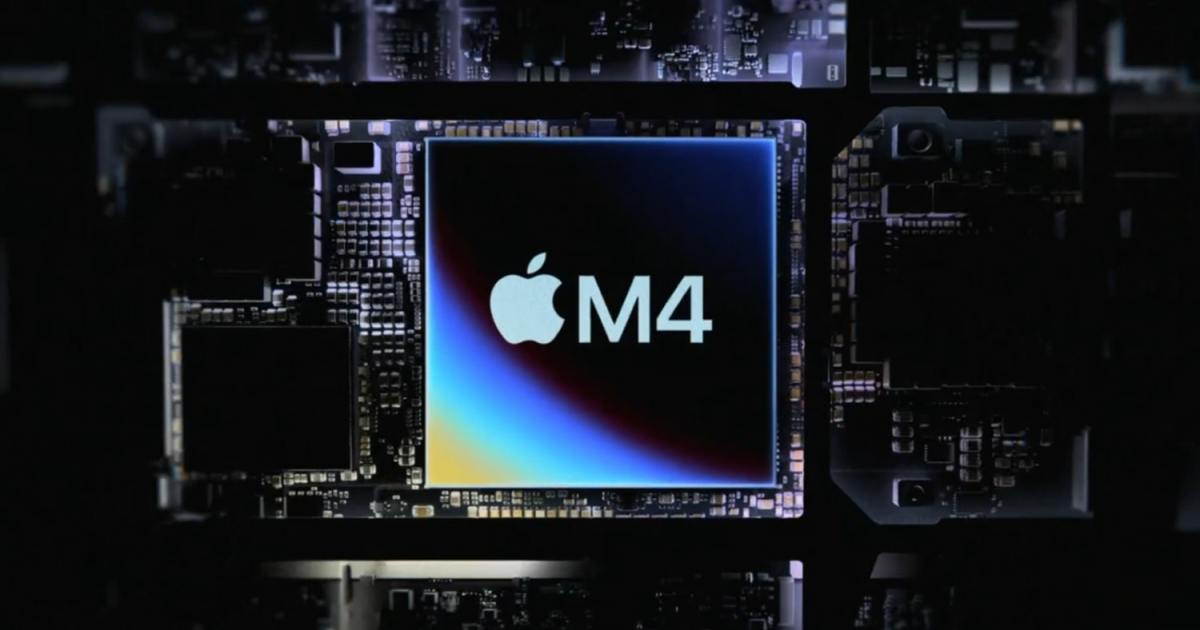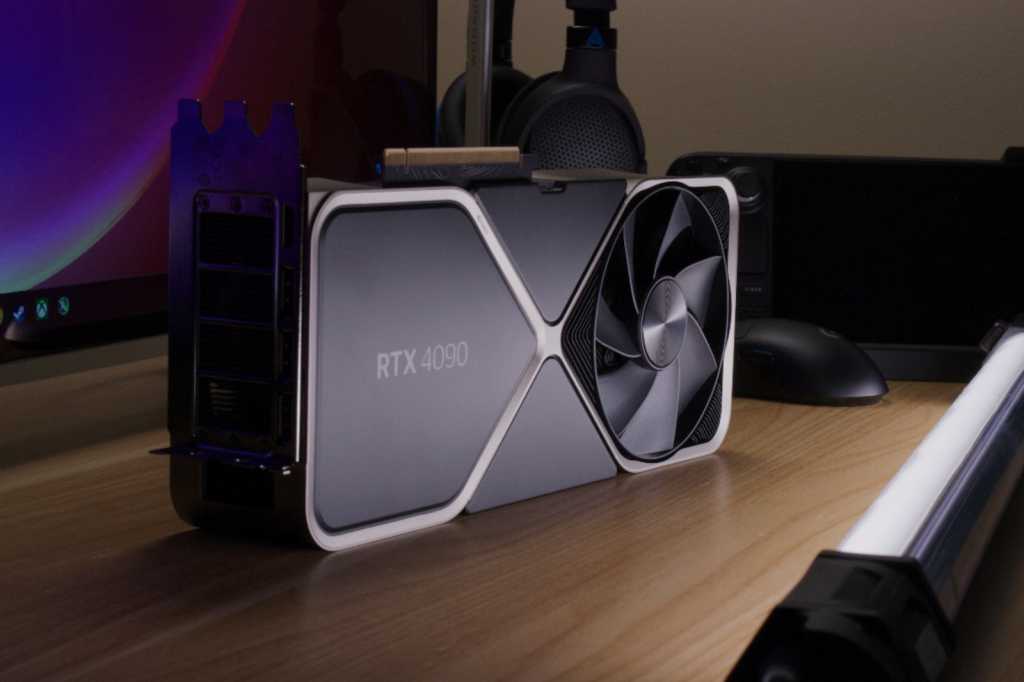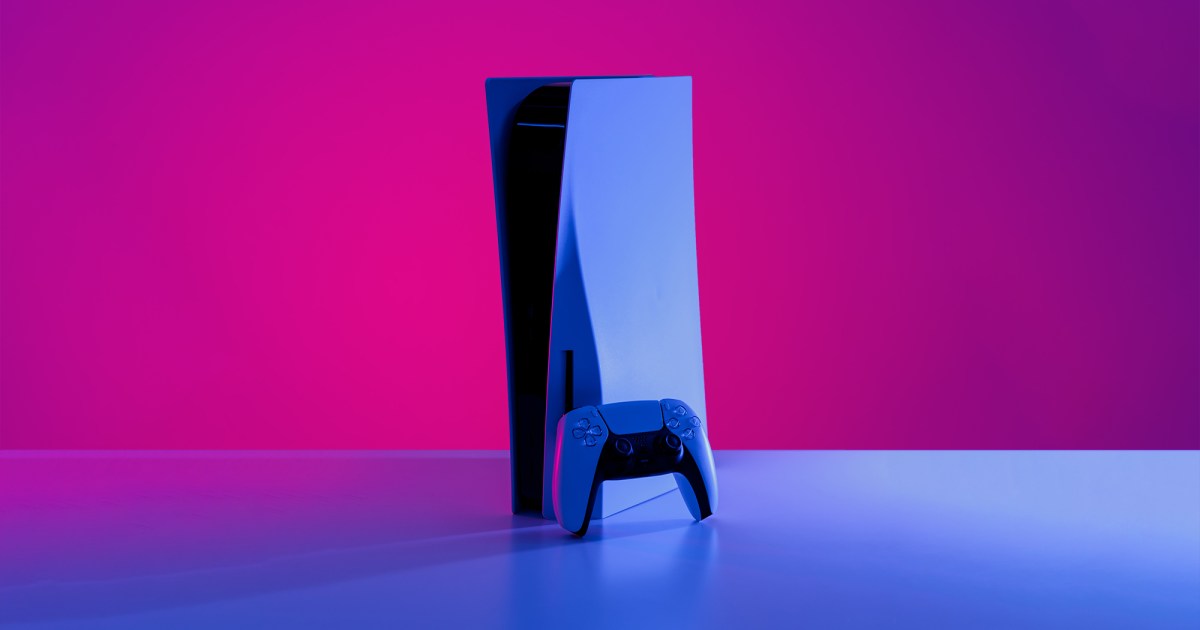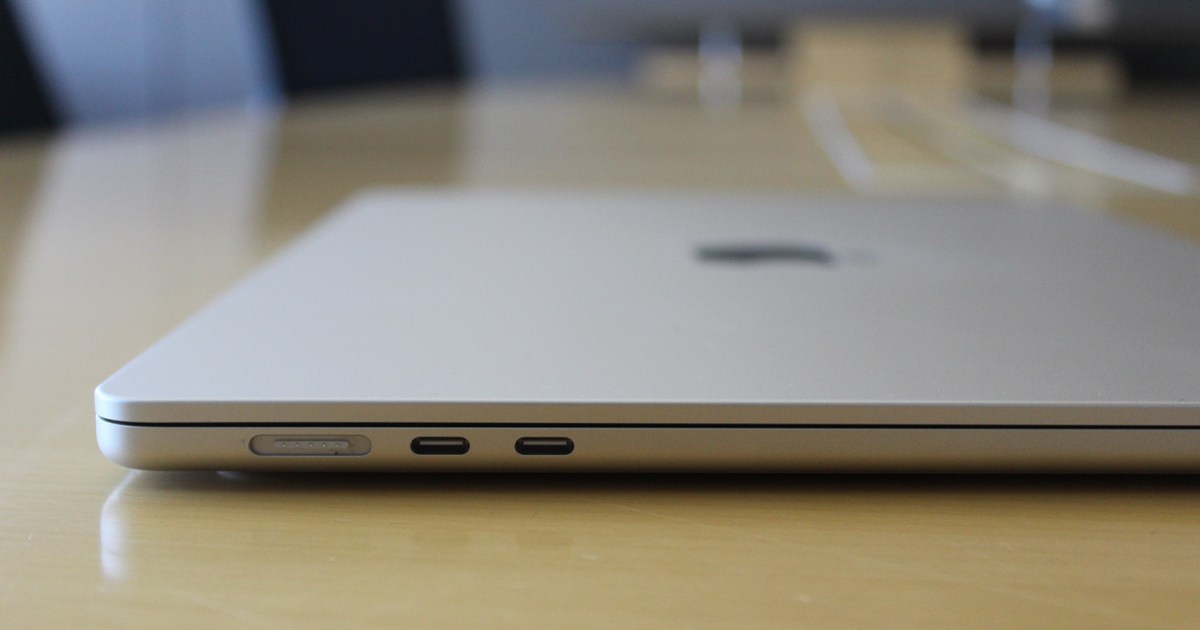When building or buying a PC, the focus often falls on the flashiest components like the graphics card or CPU. However, a critical element often overlooked is RAM, which significantly impacts system performance, especially for demanding tasks like gaming and video editing. RAM acts as a high-speed cache, storing frequently accessed data and programs for quick retrieval. But what exactly is RAM, and why is it so important?
Decoding RAM: What Does It Stand For?
RAM stands for Random Access Memory. This term, while widely used, is somewhat outdated. It originally distinguished modern RAM from earlier memory technologies that required sequential access to data. With RAM, the system can directly access any memory location without following a specific order. A more accurate term might be “Direct Memory Access,” but the abbreviation DRAM is already assigned to Dynamic RAM, a specific type of semiconductor-based memory.
RAM vs. VRAM: Two Different Types of Memory
VRAM, or Video RAM, is the dedicated memory of your graphics card. It stores data specifically related to image and video processing, such as textures, frame buffers, and other graphical elements required for displaying visuals on your monitor. VRAM plays a vital role in the rendering process, allowing your PC to handle complex scenes and 3D objects smoothly.
Having sufficient VRAM alongside system RAM is crucial for a seamless computing experience. A larger VRAM allows your system to display detailed graphics and high-resolution images without impacting system RAM, preventing performance bottlenecks. Creative professionals working with video editing, 3D modeling, and other graphically intensive tasks benefit significantly from ample VRAM. Gamers also experience smoother gameplay and higher frame rates with adequate VRAM, especially at higher graphical settings. Insufficient VRAM can lead to stuttering, lag, and reduced visual fidelity in games.
The Importance of RAM in Overall System Performance
RAM capacity and speed directly influence your PC’s responsiveness and multitasking capabilities. With more RAM, your system can handle more applications simultaneously without slowing down. Faster RAM speeds enable quicker data transfer, resulting in smoother performance and faster loading times. Whether you’re a gamer, content creator, or simply a casual user, having enough RAM is essential for a responsive and efficient computing experience. Choosing the right amount and speed of RAM depends on your specific needs and usage patterns.
Conclusion: Choosing the Right RAM for Your Needs
Understanding the role of RAM and VRAM is crucial for building a well-balanced PC. While the CPU and GPU are often considered the “brains” of the system, RAM serves as the essential short-term memory that keeps everything running smoothly. By considering your specific needs and usage patterns, you can choose the right amount and type of RAM to maximize your system’s performance and ensure a seamless computing experience.



